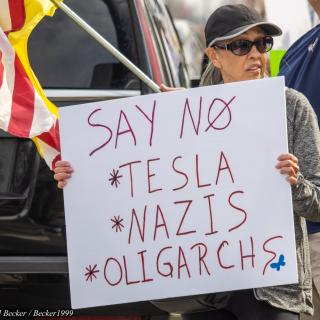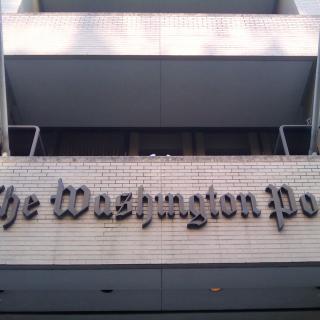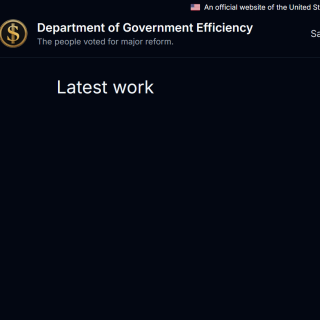Step by step the revitalization of Franklinton is gaining traction. And because this is the city’s oldest neighborhood and practically in the shadows of downtown, how Franklinton actually emerges will be historic even if the revival takes two decades, the time planners have suggested is needed to make their vision a reality.
But questions and rumors are swirling amongst residents, some of whom are families with generations invested in Franklinton. Some are worried they will be displaced and wonder if they are even wanted in their own community. Franklinton was founded in 1797, but unmercifully split over a century-and-a-half later by State Route 315 into East Franklinton, home to many industrial buildings, and West Franklinton, where most residents live.
The mayor’s office, the Columbus Metropolitan Housing Authority, and their hired developers, such as the high-profiled Don M. Casto Organization, are at a critical juncture as they continue to plan and begin to build what they are calling “an arts and innovation” community that will attempt to bond both East and West Franklinton back together.
This public and private collaboration is seeking to attract thousands of new residents, hoping many will be 25-to-35-years of age, and from what they refer to as the “Creative Class.” To accommodate them planners say 4,700 new residential units will be needed, along with 500,000-square feet of retail, arts and office space.
Everyone agrees that Franklinton, also known affectionately as “the Bottoms,” remains broken because of poverty, a criminal element and its vacant housing. But gentrification means different things to different people, and no doubt Franklinton is slowly becoming gentrified.
The rap against gentrification is that local governments take advantage of it to surreptitiously boost the deteriorating tax base of poor and marginalized neighborhoods. As more and more higher-income residents move into a refurbished, hip neighborhood, so rises the cost of single-family homes and the rent for apartments. This convinces some long-time residents to sell-out while others are displaced.
However, when it comes to Franklinton’s future, Mayor Michael Coleman and the Columbus Metropolitan Housing Authority (CMHA) have promised to be inclusive, saying Franklinton will not only be mixed-use, but also mixed-income. In a lengthy interview with the soulless Columbus Underground, CMHA senior vice president Bryan Brown said “affordable housing,” or “what the mayor might call workforce housing,” is in their plans for Franklinton.
The irony is CMHA has to push for affordable housing considering the agency’s mission is to provide affordable housing, which is in scarce supply downtown. One of the first revitalization phases for East Franklinton involves a CMHA-owned property – the former site of the now demolished Riverside-Bradley public housing complex – which is just west of Rich Street and on the banks of the Scioto River. Plans for the site were announced in May by CMHA and its hired developer, Casto, for a five-story building with 124 apartments, a parking garage and office space. The city and CMHA claim 40 percent of the apartments will be available for prospective tenants making no more than 120 percent of the area’s median income.
Nevertheless, circulating are rumors saying the revitalization of Franklinton is not about generating affordable housing for artists and hipsters, but also an effort to satisfy, for instance, Nationwide’s legion of young professional insurance wonks who want a short walk or bike ride to their downtown office.
Such speculation has the increasing numbers of Franklinton’s “Creative Class” and its long-time residents concerned over whether the growing imprint of the mayor’s office and CMHA is becoming a bit heavy-handed. What they don’t want is Franklinton to become a clone of the Short North; they want a truly unique community.
Don’t forget, say some locals, the current effort to revitalize Franklinton was mostly initiated by citizens; mainly the artists who took over the warehouse at 400 West Rich Street roughly a decade ago. Only then did city government and local developers consider investment. Now there are over 100 artist studios at the location, which is owned by Urban Smart Growth and headed by developer Lance Robbins, who had the foresight to see Franklinton’s potential long before anyone else, said sources.
Jen Gable is a West Franklinton homeowner, and the twenty-something is undoubtedly part of the “Creative Class” the city is hoping will gravitate to her neighborhood. She admits “she is an active force of gentrification just being here,” but says it’s easy to be a good neighbor and a good “gentrifier.” You have to have the right mentality and “do as little harm as possible.”
“When I talk with outsiders about Franklinton, my party line is this: it’s wrong to move to a neighborhood and want something other than what a neighborhood already is,” says Gable. “It’s unfair to move into a neighborhood with expectations that involve displacing residents. That mentality really, really eats at me.
“I also have a problem,” continues Gable, “with the huge numbers of landlords raising rent on families already living in substandard housing. And to a lesser extent with the businesses and agencies looking to develop Franklinton without careful and sincere regard for the many thousands of people already living here.”
Before the Franklinton flood wall was dedicated in 2004 the zoning restrictions were so severe you couldn’t build anything new or do any serious renovation, says Trent Smith, director for the Franklinton Board of Trade, which is the community’s chamber of commerce.
Once those restrictions were lifted Mayor Coleman and City Council set the East Franklinton Creative Community District Plan in motion back in November of 2012. From the start there was talk “all along about having a mixture of market rate and affordable housing,” says Smith.
“The word ‘gentrification’ is a very sensitive word,” he says. “We are not looking to displace anybody. We are looking to fill in where residents used to be (vacant housing) and fill in those gaps.
“To make this (revitalization of Franklinton) successful, and make retail and jobs come to this neighborhood, clearly you have to have a higher-level of income to be part of this process, but certainly you don’t want to do this at the expense of displacing people.”
City officials echo Smith, and insist their plans for Franklinton are focused on the community’s undeveloped parcels and vacant properties.
“This isn’t about displacing anyone,” says Kevin Wheeler, a planning administrator for the city. “There’s a lot of capacity in East Franklinton currently. A lot of vacancy. A lot vacant buildings. A lot of parcels that are vacant. The story in West Franklinton across 315 is a different story. There are more residents, but there are lot of vacant housing and parcels there, too. The general sense is there’s a lot of space to accommodate new development without displacing people who are there currently.”
The CMHA could not be reached for comment before deadline.



